-
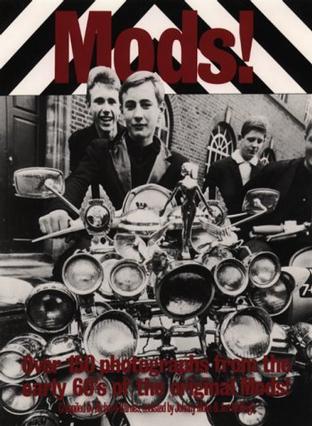
Mods!
The bestselling, definitive account of the 1960s Mod movement. With over 150 dazzling photographs the book reveals the reality of the movement in dances, clothes, style and scooters. The book contains ephemera gathered from the earliest days of Mod, from the seaside to Carnaby Street, as well as a glorious celebration of a lifestyle, gratifyingly accurate and visually meticulous. -
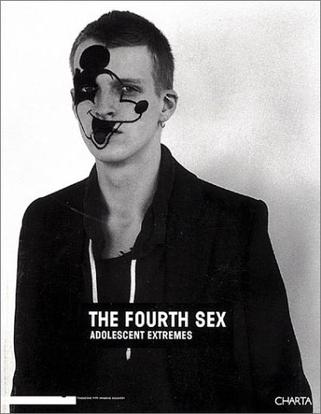
The Fourth Sex
Omnivorous and indefatigable, suggestible but independent, adolescents don't want to be balanced. They love extremes of everything from fashion and art to music and the Internet. Observed and studied by experts of all kinds, their behavior monitored by psychologists, educators, and marketing executives, adolescents represent a decisive and increasingly valuable segment of the buying public. They adore and consume trendy clothes and brand-new bands; they must be cool regardless of the cost. And adults turn to them more and more for clues on how to remain forever young and hip. The Fourth Sex turns a critical, illustrated spotlight on adolescence, a territory of transition crisscrossed by the most varied creative energies. A series of iconographic materials begins in the 1960s and moves up to the present, revealing clothes, behavior patterns, novels, and visual artworks created or inspired by the transnational tribe that are teenagers. Excerpted authors include David Foster Wallace, Arata Isozaki, Philip Roth, William Golding, J.G. Ballard, Beavis & Butthead, Jim Carroll, Stephen King, Vladimir Nabokov, Douglas Coupland, Dick Hebdige, Bret Easton Ellis, and Dave Eggers. Represented artists include Vanessa Beecroft, Raymond Pettibon, Mike Kelley, Elizabeth Peyton, Karen Kilimnik, Charles Ray, Takashi Murakami, Larry Clark, Rineke Dijkstra, Paul McCarthy, Richard Prince, Gilbert & George, Gavin Turk, and Richard Billingham. And modeled fashion and lifestyle designers include Malcolm MacLaren, Paco Rabanne, Benetton, Veronique Branquinho, Comme des Garçons, Stüssy, Coca-Cola, PlayStation, Diesel, Katherine Hamnett, and David Sims. The book's shifting, politically incorrect graphic style gives form and color to all the contradictions and ambiguities of an unhappy age that we never cease to remember with nostalgia and the occasional twinge of pain. Published in association with Fondazione Pitti Immagine Discovery. The young always have the same problem--how to rebel and conform at the same time. They have now solved this by defying their parents and copying one another. --Quentin Crisp The best way to keep children at home is to make the home atmosphere pleasant, and let the air out of the tires. --Dorothy ParkerToo many of today's children have straight teeth and crooked morals. --Unknown high school principal Adolescence is just one big walking pimple. --Carol Burnett -
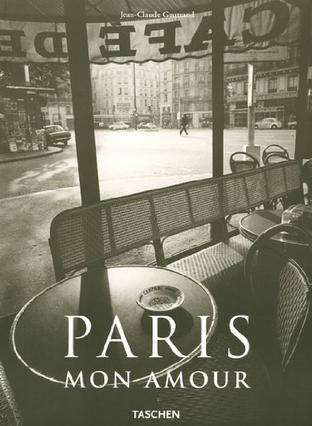
Paris Mon Amour
At once cosmopolitan metropolis and venue for a pensive stroll, Moloch and emblem of the modern, Paris has been a source of inspiration for countless artists and writers down the ages. But not least it is the home and constant muse of a relatively young art: photography. Since the earliest days of the daguerreotype right up to our time, renowned photographers such as Joseph Nicéphore Niepce, Henri Cartier-Bresson, Robert Doisneau, and Jeanloup Sieff have lived and worked in the city of lights. Over the years a love affair developed between Paris and photography, giving rise to a remarkable record of the metropolis and a telling history of a new art form. This volume takes the reader on numerous walks, camera in hand, through the streets of Paris. Atmospheric black-and-white photos, shot by great photographers over two centuries, reveal the dramatic and the tranquil, the historic and the everyday—in the capital’s parks and gardens, boulevards and backstreets, passages and arcades, bistros and nightclubs. -
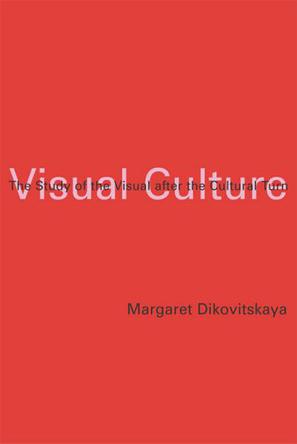
Visual Culture
In recent years, visual culture has emerged as a growing and important interdisciplinary field of study. Visual culture regards images as central to the representation of meaning in the world. It encompasses "high" art without an assumption of its higher status. But despite the current proliferation of studies and programs in visual culture, there seems to be no consensus within the field itself as to its scope and objectives, definitions, and methods. In Visual Culture, Margaret Dikovitskaya offers an overview of this new area of study in order to reconcile its diverse theoretical positions and understand its potential for further research. Her aim is to show how visual culture can avoid what she defines as the Scylla and Charybdis that threaten it: the lack of a specific object of study (given its departure from the traditional hierarchies of art history) and the expansion of the field to the point of incoherence as it seems to subsume everything related to the cultural and the visual.
Dikovitskaya gives us an archaeology of visual culture, examining the "cultural turn" away from art history and the emergence of visual studies. Drawing on responses to questionnaires, oral histories, and interviews with the field's leading scholars, she discusses first the field's history, theoretical frameworks, and methods, and then examines four programs and courses in visual culture -- those at the University of Rochester, the University of Chicago, the University of California at Irvine, and the State University of New York at Stony Brook. Bringing together considerations of theory and practice, Dikovitskaya charts the future of visual culture programs in the twenty-first century. -
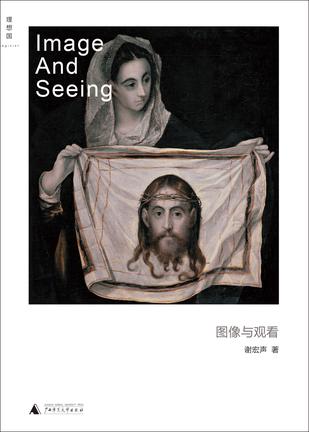
图像与观看
本书的关注点可以说是视觉文化的中心议题——图像与观看,作者将观看的理论与历史纳入客观世界图像形式的变迁之中,在涉及面极广的论题下搭建起成熟而严密的阐释结构。技术的演进和观看之道的相互影响与促进使人们开始关注这个本来作为人类最直接而简单的感官反应背后的意义。无可否认,各种媒介的介入使图像以更迅猛的速度冲击着人们的生活,不光是艺术史范畴内视觉的变革,日常生活中的图像也在深刻地改变着人类的思维模式和行为方式。作者立足时代背景,通过对观看背后的各种机制与理论的分析,结合丰赡的例证和图像资料,精彩地完成了国人对视觉文化理论研究的一次尝试。 -
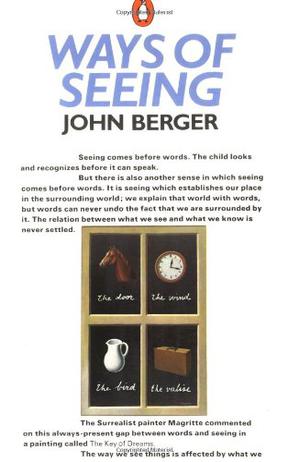
Ways of Seeing
"Seeing comes before words. The child looks and recognizes before it can speak.""But there is also another sense in which seeing comes before words. It is seeing which establishes our place in the surrounding world; we explain that world with words, but word can never undo the fact that we are surrounded by it. The relation between what we see and what we know is never settled."John Berger's "Ways of Seeing" is one of the most stimulating and the most influential books on art in any language. First published in 1972, it was based on the BBC television series about which the "London Sunday Times" critic commented: "This is an eye-opener in more ways than one: by concentrating on how we look at paintings ...he will almost certainly change the way you look at pictures." By now he has.